"High Wind In Jamaica" By Richard Hughes
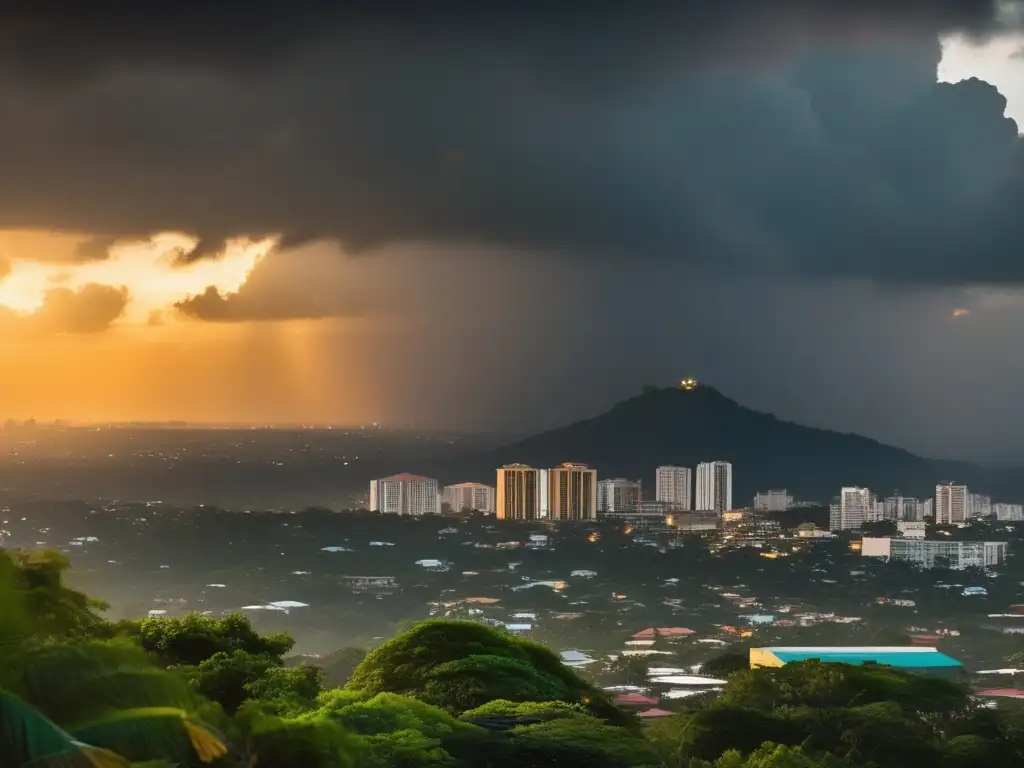
An In-Depth Literary Analysis of the Hurricane Book: "High Wind in Jamaica" by Richard Hughes
- Introduction
- Book Details
- How "High Wind in Jamaica" by Richard Hughes Portrays Hurricanes
- Key Aspects of "High Wind in Jamaica" by Richard Hughes
- Comparing "High Wind in Jamaica" by Richard Hughes to Other Hurricane Books
- Popular Opinion and Reception of "High Wind in Jamaica" by Richard Hughes
- Frequently Asked Questions
- Conclusion
Introduction
"High Wind in Jamaica" by Richard Hughes is a novel set in the 19th century, depicting the lives of a group of British children who are sent to Jamaica during a hurricane season. The book explores the impact of hurricanes on the children's lives and their perception of the world around them. Hurricanes have been a recurring theme in literature, often used to convey the destructive power of nature and the fragility of human life. In this article, we will explore how "High Wind in Jamaica" portrays hurricanes and what literary techniques the author uses to create an immersive reading experience.
Book Details

- Book Title: High Wind in Jamaica
- Author: Richard Hughes
- Genre: Fiction
- Publication Year: 1929
- Publisher: Harper & Brothers
- Additional Interesting Facts: The book has been adapted to a movie and a play. It was also praised by writers such as Graham Greene and Tennessee Williams for its style and portrayal of childhood innocence.
How "High Wind in Jamaica" by Richard Hughes Portrays Hurricanes
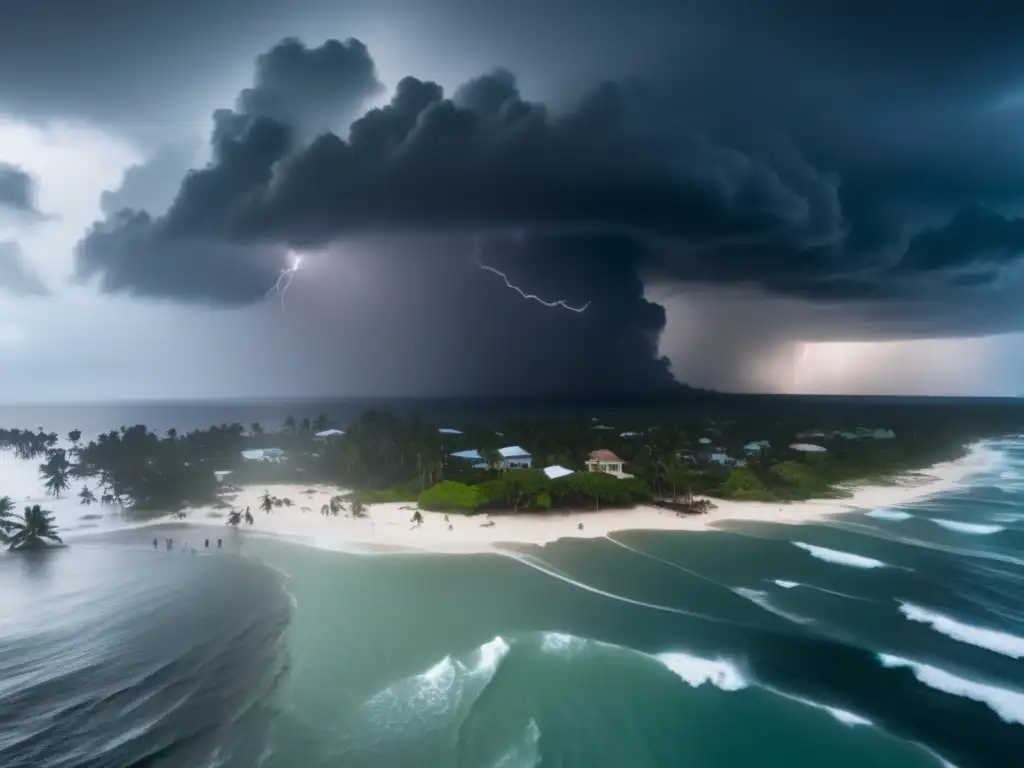
The Role of Hurricanes in the Narrative
The hurricanes in "High Wind in Jamaica" serve as a catalyst for the children's adventures and misfortunes. They force the children to leave their home and go on a ship to England, where they encounter pirates, death, and other dangers. The hurricanes symbolize the unpredictability of life and the powerlessness of human beings in the face of natural disasters. They also accentuate the contrast between the children's innocence and vulnerability and the harshness of the world they are forced to confront.
Symbolism of Hurricanes
The hurricanes in "High Wind in Jamaica" can be interpreted as a metaphor for the children's transformation from innocent and naive to experienced and mature. The hurricanes disrupt their safe and sheltered life and expose them to the harsh realities of the world. They also symbolize the destructive potential of the children's repressed feelings and desires, which erupt in violence and confusion. Moreover, the hurricanes can be seen as a commentary on the colonialism and imperialism of the British Empire, which is responsible for the children's displacement and the exploitation of Jamaican resources.
Key Aspects of "High Wind in Jamaica" by Richard Hughes

Storyline and Characters
The storyline of "High Wind in Jamaica" follows the adventures and misfortunes of the Bas-Thornton children, who are sent to Jamaica to avoid the yellow fever epidemic. The children's idyllic life is disrupted by the hurricanes, which force them to abandon their home and go on a ship to England. On the ship, they encounter pirates and other dangers, leading to the death of one of the children. The main characters are ten-year-old Emily, who becomes the object of desire for the pirates, and her brother John, who witnesses and participates in the violent events that follow. The children's experiences challenge their beliefs and values, and they are forced to confront the harsh realities of the world.
Literary Techniques and Stylistic Devices
The author uses various literary techniques and stylistic devices to create an immersive and engaging reading experience. One of the most notable techniques is the use of shifting perspectives, which allows the reader to see events from different characters' points of view. The author also employs foreshadowing and irony to create suspense and surprise. Moreover, the book contains vivid descriptions of the hurricanes, which evoke fear, awe, and wonder in the reader. The author also uses symbolism, such as the parrot that is the only survivor of the hurricane, to convey deeper meanings and themes.
Realism and Accuracy
The book has been praised for its accuracy and realism in depicting hurricanes and their impact on people's lives. The author consulted meteorological records and firsthand accounts of hurricanes to ensure the factual accuracy of his descriptions. Moreover, the book captures the emotional and psychological effects of hurricanes on individuals and communities, such as fear, trauma, and resilience. The book can be used as an educational resource to teach readers about hurricanes and their historical and cultural significance.
Comparing "High Wind in Jamaica" by Richard Hughes to Other Hurricane Books
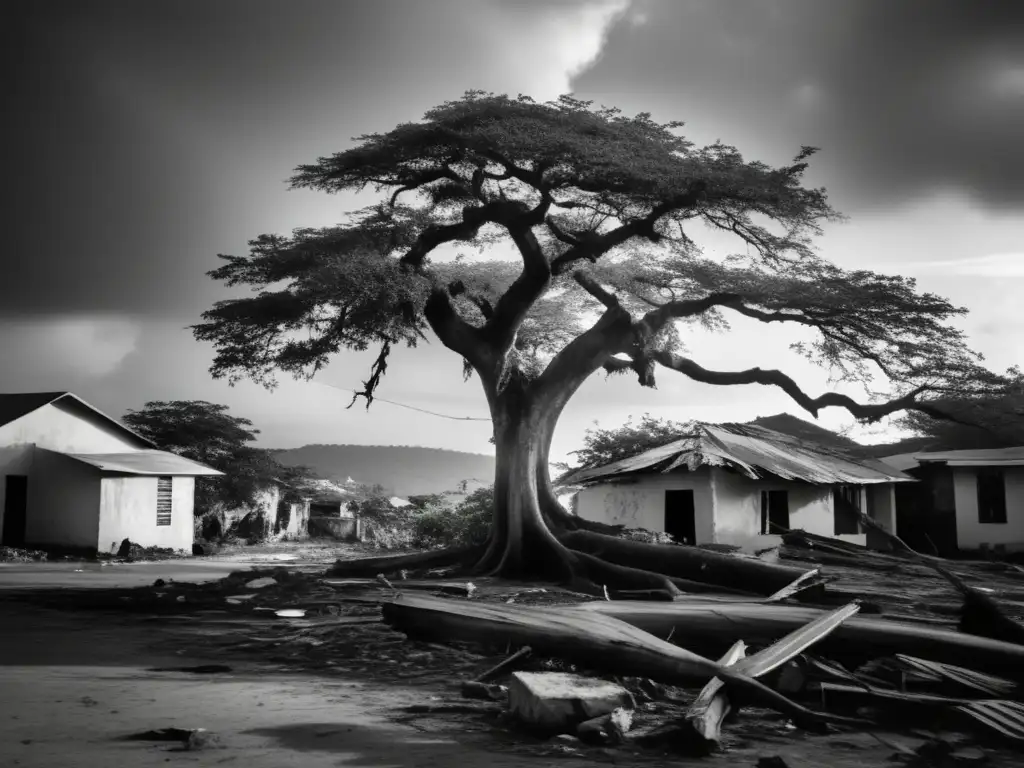
The Perfect Storm by Sebastian Junger
"The Perfect Storm" is a non-fiction book that tells the story of the Andrea Gail, a fishing boat that was lost at sea during the 1991 Halloween Nor'easter. The book portrays the destructive power of the storm and its impact on the fishermen's lives and families. While "High Wind in Jamaica" is a work of fiction, it also depicts the human cost of hurricanes and how they can disrupt and destroy people's lives.
Salvage the Bones by Jesmyn Ward
"Salvage the Bones" is a novel set in Mississippi during the days leading up to Hurricane Katrina. The book follows the lives of a poor African American family who are struggling to survive and prepare for the impending storm. The book portrays the racial and economic inequalities that exacerbate the impact of hurricanes on vulnerable communities. "High Wind in Jamaica" also touches on issues of class and power, as the British children are confronted with the harsh realities of colonialism and imperialism.
Popular Opinion and Reception of "High Wind in Jamaica" by Richard Hughes

"High Wind in Jamaica" has received critical acclaim for its innovative style, complex characters, and profound themes. The book was praised by writers such as Graham Greene and Tennessee Williams for its depiction of childhood innocence and violence. It has been adapted to a movie and a play, which received positive reviews. However, some critics have criticized the book for its racist and sexist undertones, particularly in its portrayal of the Jamaican characters. The book continues to be studied and analyzed for its literary and historical significance.
Frequently Asked Questions

-
Is "High Wind in Jamaica" based on a true story?
No, "High Wind in Jamaica" is a work of fiction, although it draws inspiration from real-life hurricanes and historical events.
-
What is the main theme of "High Wind in Jamaica"?
The main themes of "High Wind in Jamaica" are childhood innocence, violence, imperialism, and the destructive power of nature.
-
Why is "High Wind in Jamaica" considered a classic?
"High Wind in Jamaica" is considered a classic because of its innovative style, complex characters, and profound themes. It has influenced numerous writers and filmmakers, and it continues to be studied and analyzed for its literary and historical significance.
-
What is the significance of the parrot in "High Wind in Jamaica"?
The parrot that survives the hurricane symbolizes the resilience and adaptability of life in the face of destruction. It also represents the potential for new beginnings and renewed hope.
-
What is the message of "High Wind in Jamaica"?
The message of "High Wind in Jamaica" is that life is unpredictable, and humans are vulnerable to the forces of nature and society. The book also suggests the importance of understanding and respecting cultural differences and the destructive consequences of imperialism and colonialism.
Conclusion
"High Wind in Jamaica" by Richard Hughes is a classic work of literature that portrays hurricanes as symbols of the unpredictability and power of nature. The book also explores themes of childhood innocence, violence, imperialism, and the clash of cultures. The author employs various literary techniques and stylistic devices to create an immersive and engaging reading experience. While the book has been criticized for its racist and sexist undertones, it continues to be studied and analyzed for its literary and historical significance. Hurricanes remain a recurring theme in literature, reminding us of the fragility and resilience of human life in the face of natural disasters.
We hope you enjoyed this in-depth analysis of "High Wind in Jamaica" and that it has provided valuable insights into the portrayal of hurricanes in literature. Please share your thoughts and feedback in the comments section, and subscribe to our newsletter for more informative articles on hurricanes.
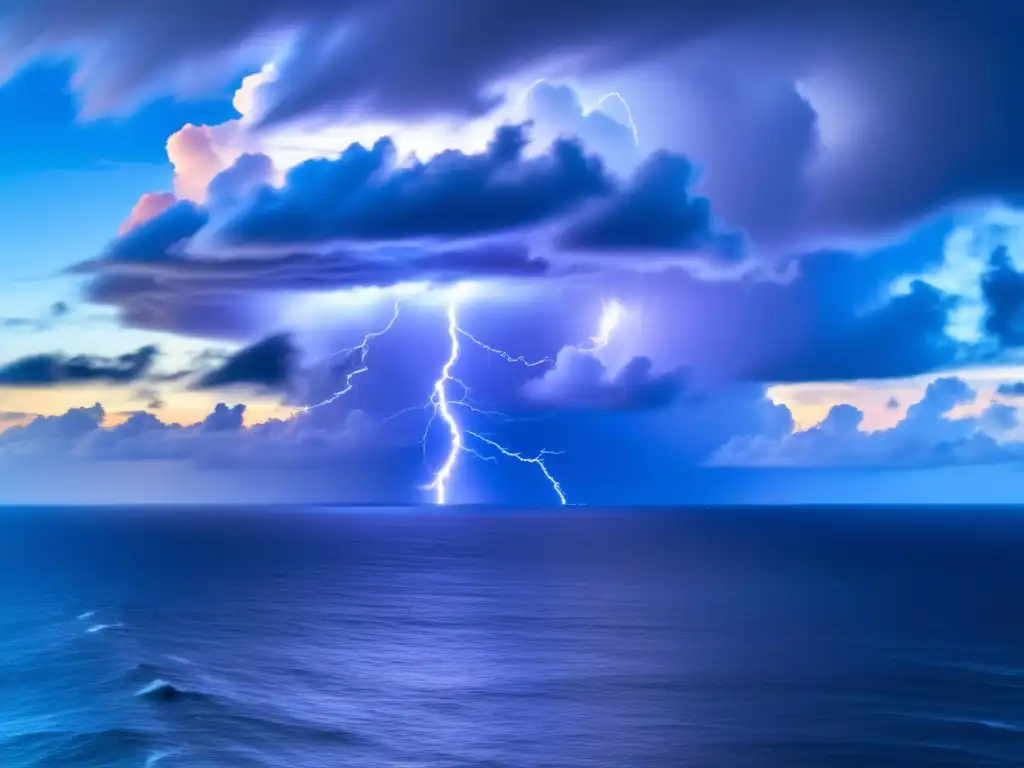 "Category 5: The 1935 Labor Day Hurricane" By Thomas Neil Knowles
"Category 5: The 1935 Labor Day Hurricane" By Thomas Neil Knowles "The Barefoot Lawyer: A Blind Man’s Fight For Justice And Freedom In China" By Chen Guangcheng
"The Barefoot Lawyer: A Blind Man’s Fight For Justice And Freedom In China" By Chen Guangcheng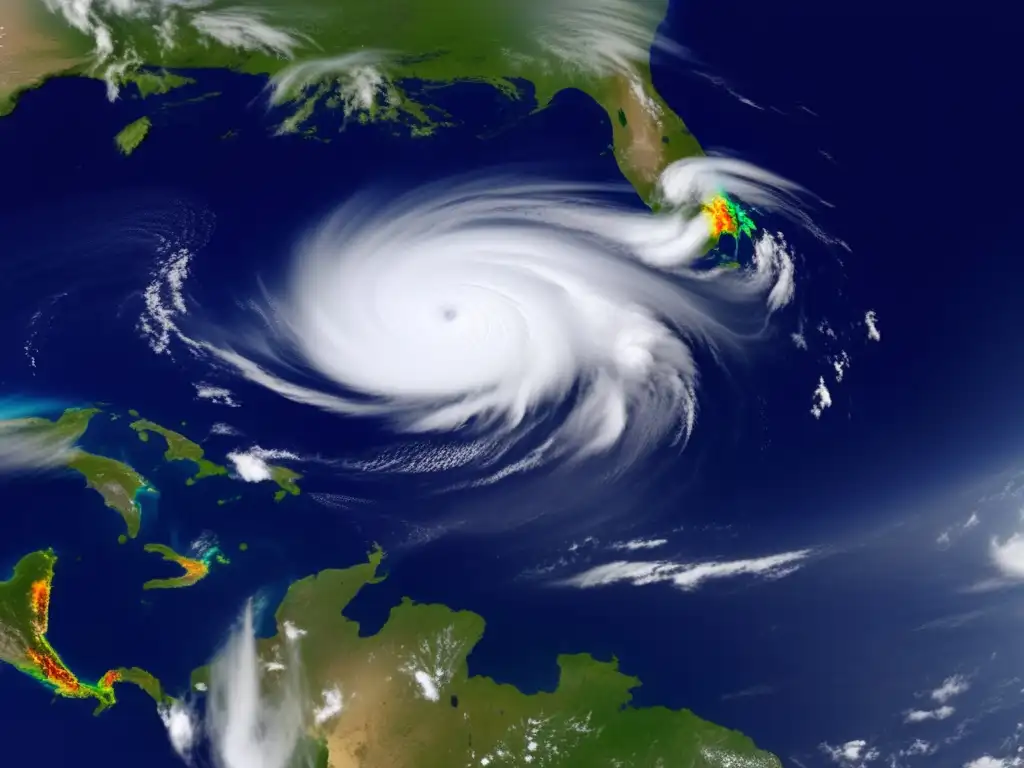 "Hurricane Almanac: The Essential Guide To Storms Past, Present, And Future" By Bryan Norcross
"Hurricane Almanac: The Essential Guide To Storms Past, Present, And Future" By Bryan NorcrossIf you want to discover more articles similar to "High Wind In Jamaica" By Richard Hughes, you can visit the Books about Hurricanes category.
Leave a Reply

Articulos relacionados: